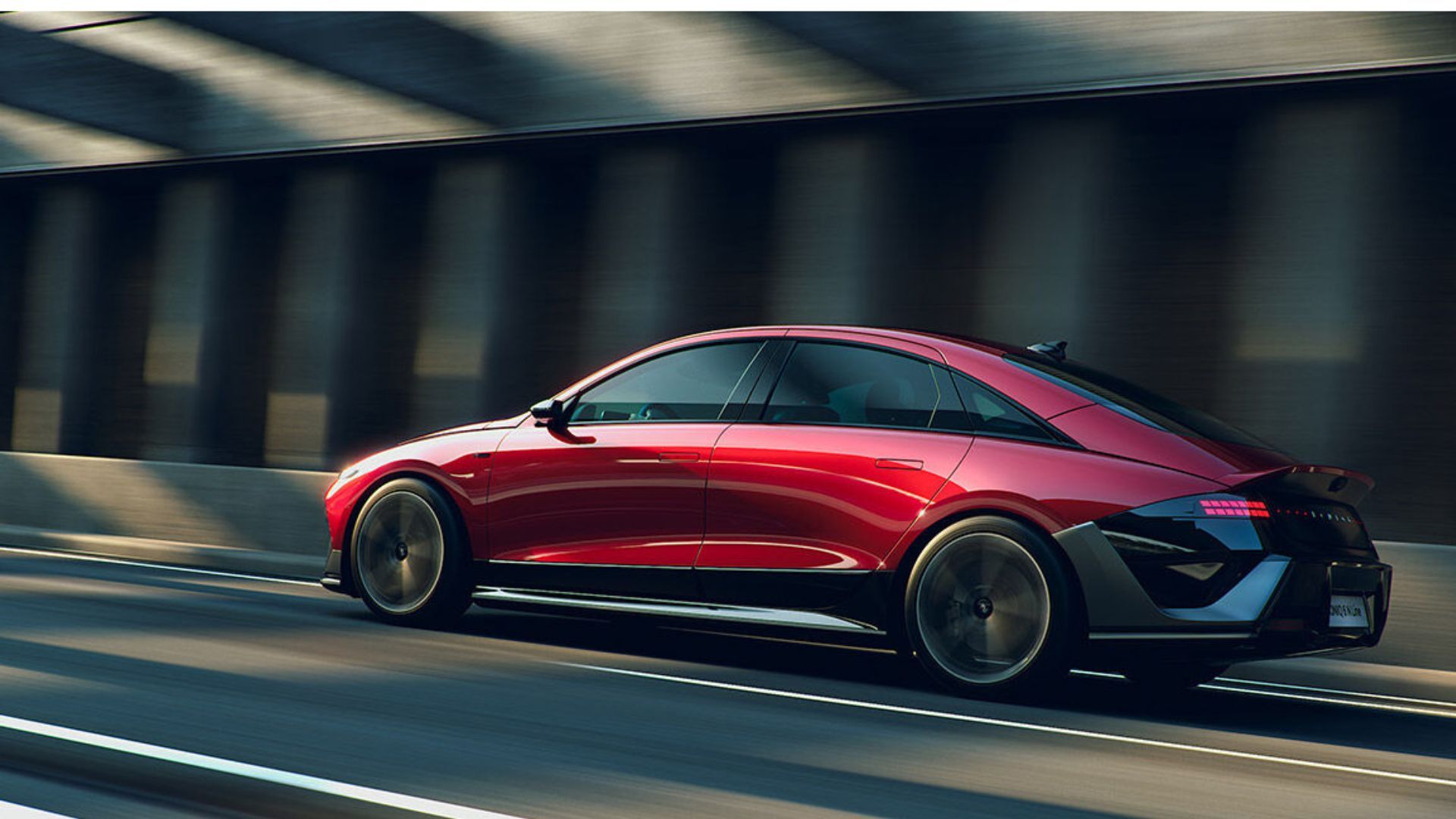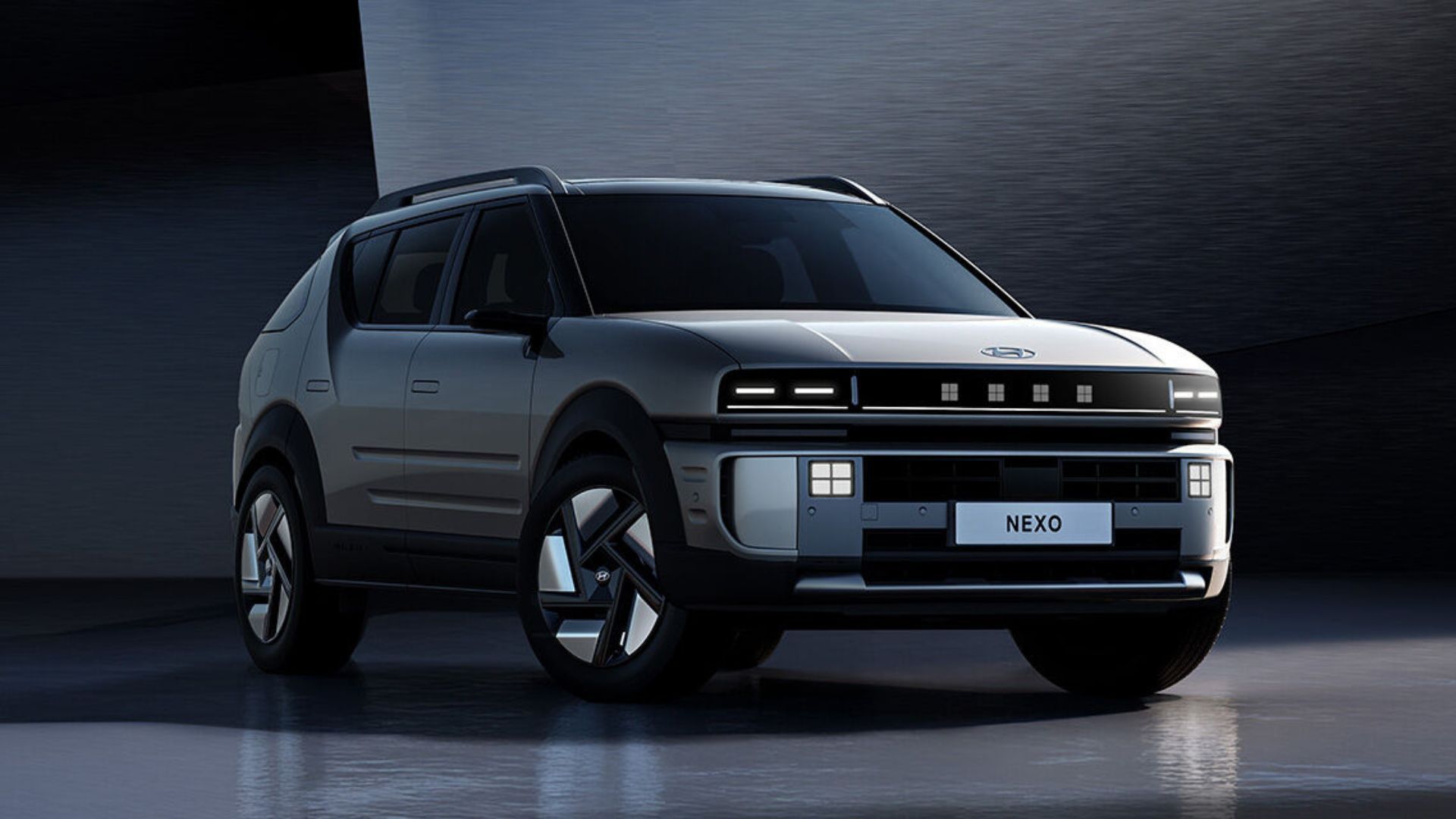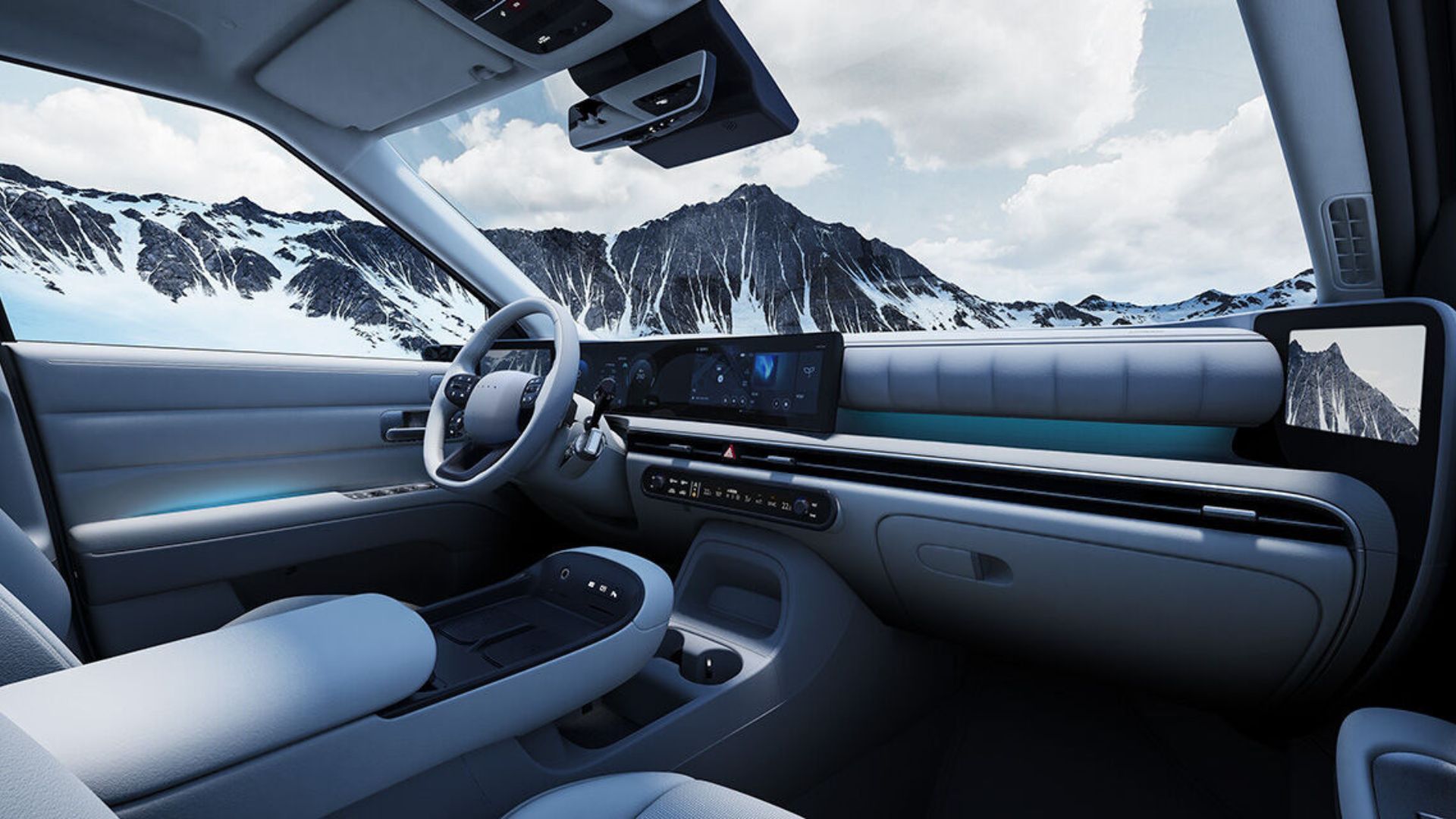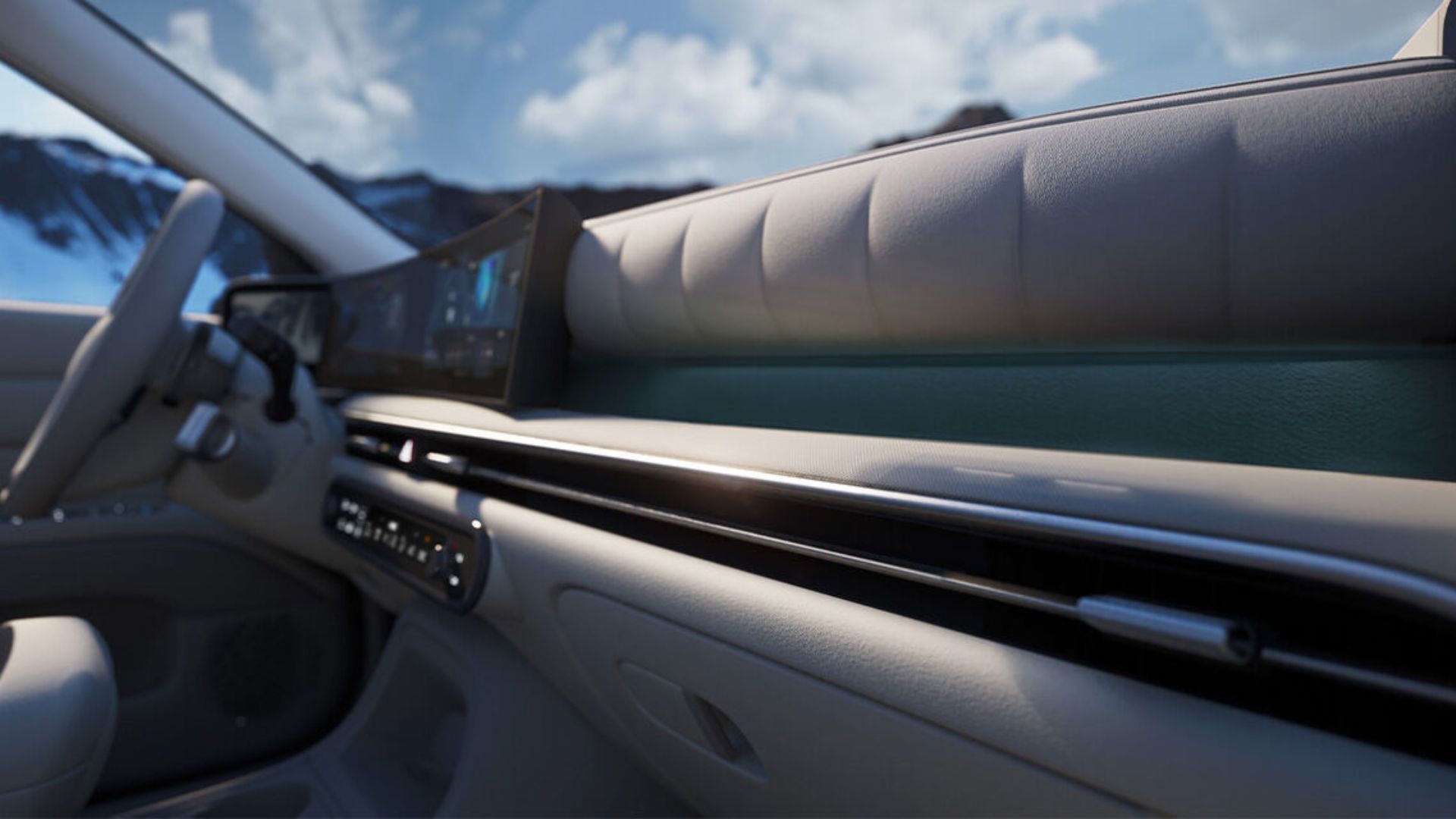Hyundai just unveiled the all-new NEXO, a next-gen hydrogen fuel cell SUV, at the 2025 Seoul Mobility Show. The vehicle showcases a major leap for hydrogen-powered cars, offering an impressive 434-mile range with just a five-minute refuel.
With a focus on convenience and safety, Hyundai aims to provide top-tier ratings for the NEXO. This move highlights the company’s commitment to advancing hydrogen technology in the automotive industry.

Related
Hyundai Just Pulled the Covers off the New Ioniq 6
The updated Hyundai Ioniq 6 makes its debut with a more streamlined design and thoughtful enhancements.
The Hyundai NEXO: A Blend of Technology and Comfort
The NEXO is more powerful and efficient than ever. With its fuel cell stack now producing 110 kW and an electric motor generating 150 kW, total output has jumped from 135 kW to 190 kW, resulting in a quicker 0-60 mph time of 7.8 seconds, down from 9.2 seconds in the first-gen model.
In addition to increased power, the NEXO offers improved cold-weather performance for better reliability in all conditions. It also boasts 201 horsepower, enhancing its overall driving experience.
Hyundai also increased hydrogen storage without sacrificing cabin space, improving tank capacity for better range and efficiency. Aerodynamic enhancements, noise-canceling technology, and sound-absorbing tires provide a smoother, quieter ride, and for the first time, European models can tow up to 2,204 pounds.
The all-new NEXO builds on the INITIUM concept, featuring Hyundai’s ‘Art of Steel’ design with bold lines and a rugged structure. It also showcases HTWO signature lamps, emphasizing its hydrogen identity, and comes in six colors, including the nature-inspired Goyo Copper Pearl, with a three-coat paint that shifts tone with the light.
The NEXO’s cabin offers a spacious, high-tech atmosphere with a curved driver display, digital side mirrors, and an island-style center console for added practicality. Premium relaxation seats, improved legroom, and wider rear doors enhance comfort and accessibility, making it ideal for families.
Smart storage solutions and 993 liters of cargo space easily accommodate four golf bags. Sustainability is prioritized, with bio-based materials used throughout, further reinforcing Hyundai’s commitment to eco-friendly innovation.
Hyundai Puts Safety at the Forefront
The all-new NEXO prioritizes safety, aiming for top ratings in global crash tests. It features a multi-skeleton structure, ultra-high-strength steel, and up to nine airbags to protect passengers and the hydrogen tank.
Hot-stamped materials enhance crash protection, providing a stronger, more rigid body. Reinforcements include a reinforced front end, multi-load path side impact protection, and an improved frontal crash load path to better absorb and distribute impact forces.
The NEXO is also equipped with Advanced Driver Assistance Systems to help prevent accidents. These include features like Forward Collision-Avoidance Assist, Blind-Spot Collision Avoidance, Smart Cruise Control, Highway Driving Assist, Remote Smart Parking Assist, and additional aids for improved awareness and control.
Cutting-Edge Technology for a Smarter, Smoother Ride
The NEXO’s e-Handling system enhances cornering grip and stability, while Smart Regenerative Braking automatically adjusts based on navigation data to slow the car down for turns, speed cameras, and traffic. This provides a smoother driving experience without requiring driver input.
The new FCEV Route Planner helps owners easily reach their destinations by incorporating necessary charging stations along the way. It can also adjust the route and stops based on real-time information, while the updated ccNC (Connected Car Navigation Cockpit) features a 12.3-inch driver information cluster and a 12.3-inch infotainment monitor for a sleek new look.
Hyundai has been developing fuel cell technology for 27 years, and the NEXO highlights their commitment to hydrogen-powered vehicles. The key question remains: Is hydrogen ready to go mainstream, or will electric vehicles continue to dominate the future?
Source: Hyundai







